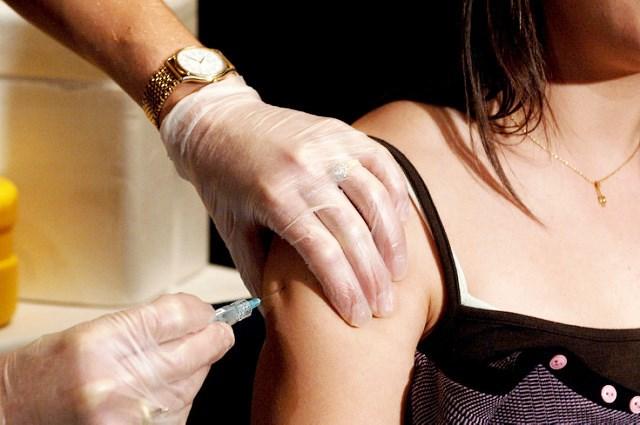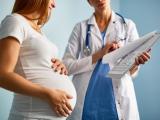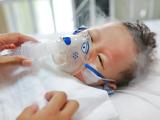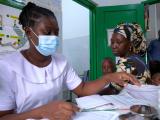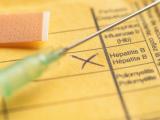Providers need to offer vaccines and address vaccine hesitancy during all routine office visits, according to an expert panel of the American Academy of Pediatrics (AAP) as it commented on the 2017 pediatric routine immunization schedule published today in Morbidity and Mortality Weekly Report (MMWR).
Key changes to the schedule include a recommendation that 16-year-olds should get a meningococcal conjugate vaccine (MenACWY) booster dose and children as young as 9 and 10 can begin receiving human papillomavirus (HPV) vaccine on a two-dose schedule.
The schedule changes, also published yesterday in Pediatrics, were accepted by the AAP, the American Academy of Family Physicians, and the American College of Obstetricians and Gynecologists, and come from recommendations made in October 2016 by the Advisory Committee on Immunization Practices (ACIP).
Emphasizing adolescent uptake
In a clinical report published in Pediatrics to accompany the recommendations, Henry H. Bernstein, DO, and Joseph A. Bocchini, Jr, MD, and the rest of the AAP's Committee on Infectious Diseases, said that providers must promote the new guidelines to parents and teens.
"Many health care providers do not universally recommend vaccines to eligible populations and do not offer concomitant vaccination with indicated vaccines during a single patient encounter," the authors wrote. They offer practical strategies for improving adolescent vaccination rates in one report and underscore why increased uptake is vital in a related commentary.
As of 2015, in 43 states and the District of Columbia, more than 80% of 13- to 17-year-olds received the tetanus, diphtheria, and acellular pertussis (Tdap) vaccine, but only 23 states reported the same high intake for the MenACWY vaccine.
Uptake of HPV and influenza vaccine was much lower. In 2015, 63% of teen girls and 50% of boys had received at least one dose of the HPV vaccine. During the 2015-16 influenza season, the flu vaccination rate for adolescents was only 46.8%.
"A 2013 study revealed that only 64.4% of parents of girls and 41.6% of parents of boys reported receiving a recommendation for the HPV vaccine from their child's health care provider," wrote the authors. They challenge providers to address vaccination status at all appointments, and address any concerns about safety, effectiveness, or misunderstandings parents may have, including the idea that HPV vaccination increases teenage sexual activity.
According to Healthy People 2020 goals, more than 80% of American teens should have received more than 1 Tdap dose, 1 MenACWY dose, and 3 HPV vaccine doses by the age of 18. ACIP reduced the number of recommended HPV vaccine doses to 2 in October.
Changes for immunocompromised
Today's updated vaccine schedule contains no changes to the immunization schedule for children who start late or are more than 1 month behind on the regular vaccine schedule, but the 2017 guidelines include new provisions for children who have immunocompromising illnesses, including HIV. Children who are HIV-positive are now recommended to receive MenACWY.
Pregnant teens should now get a one-dose booster of Tdap vaccine, which mirrors the adult schedule. Other changes included a hepatitis B vaccine administered in the first 24 hours after birth, and new wording that indicates the live-attenuated nasals-spray flu vaccine is not recommended for the 2016-17 influenza season, which was first noted last June.
See also:
Feb 7 MMWR report
Feb 6 Pediatrics guidelines
Feb 6 Pediatrics practical approaches and commentary
Oct 19, 2016, CIDRAP News story "Vaccine panel recommends 2 doses of HPV vaccine for preteens"
Jun 22, 2016, CIDRAP News story "ACIP recommends against inhaled flu vaccine for next season"
